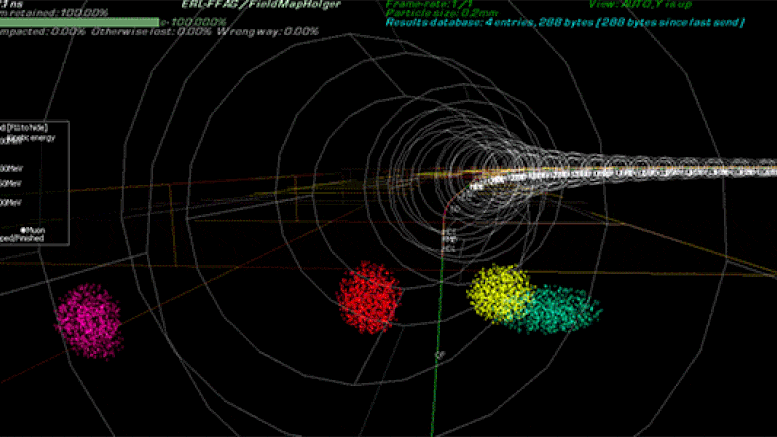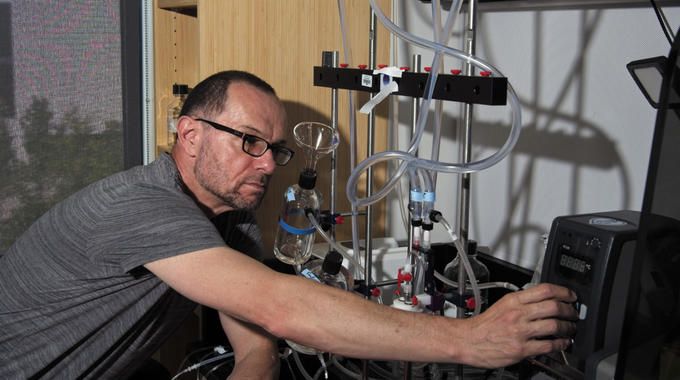Woah.
In a new video released by jetpack maker Gravity Industries, a jetsuit-wearing special ops soldier from the Netherlands Maritime Special Operations Force can be seen boarding a ship — by flying there from a nearby pursuit vessel.
It’s a spectacular demonstration of Gravity Industries’ flying technology. Rather than having to pursue and approach the ship in the tailing vessel, the jetpack-enhanced soldier simply takes to the skies and effortlessly lands on the deck of the ship — in a fraction of the time boarding would have taken otherwise.
Gravity has quickly emerged as one of the biggest players in the jetpack field over the last few years, offering its jetsuit technologies to first responders and military forces around the world. It has even allowed journalists to give the suit a test drive, albeit with safety tethers.








